So, I was looking at some of your pics, and I noticed something.
Your end truss is wrong, it's supposed to look like the end trusses in my garage, not like the others in the middle. Is there a story?
Beats me. I'll admit, I'm a driller and not a carpenter. There's only a vertical strut in the middle of the end trusses, not like yours at all. That's the way they put it up?
I see you have 2 layers of insulation in the attic. That's what I have planned. Did you put in a simple access hatch or a set of attic steps? I'm thinking just an access hatch, not like I plan to go up there anytime.
Drill Bit is working 2 weeks on and 1 week off. I plan to hire him to start insulating next week on his week off. It got up to 80 plus degrees this past weekend and I'm convinced I need to get the AC unit soon before summer hits full force; lift be damned.


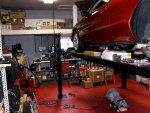
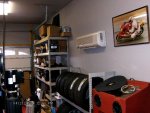
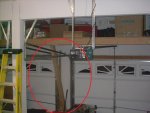
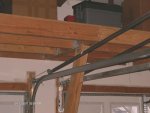
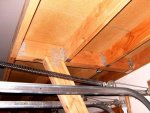
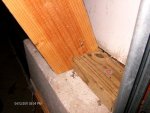
 Hell, I wish I had a man cave even without all of that. All I have in mine is a desktop computer. You don't need strippers to work on cars. Beer, well, maybe.
Hell, I wish I had a man cave even without all of that. All I have in mine is a desktop computer. You don't need strippers to work on cars. Beer, well, maybe.